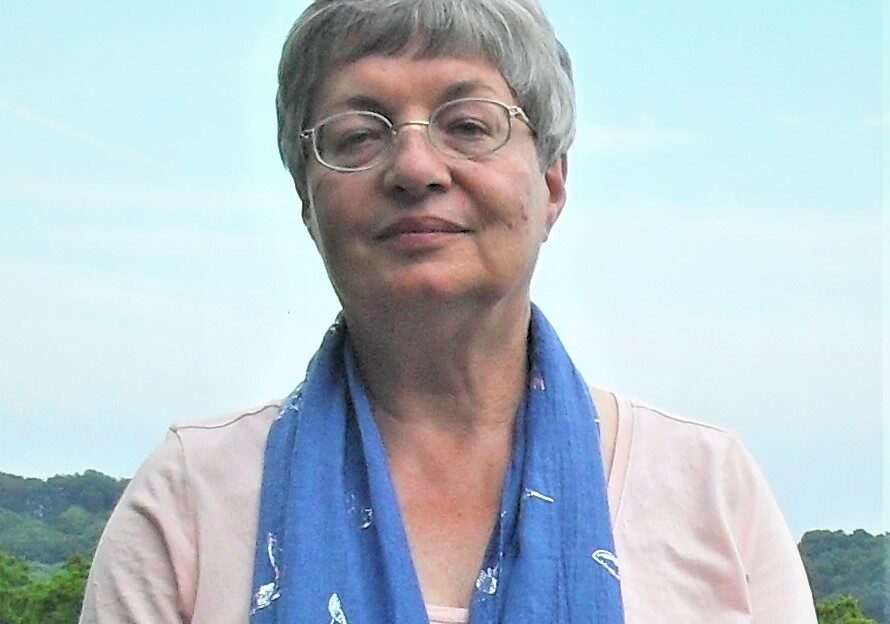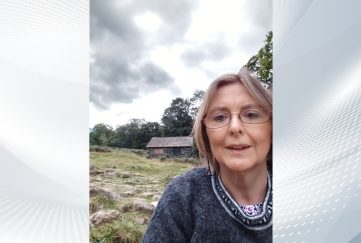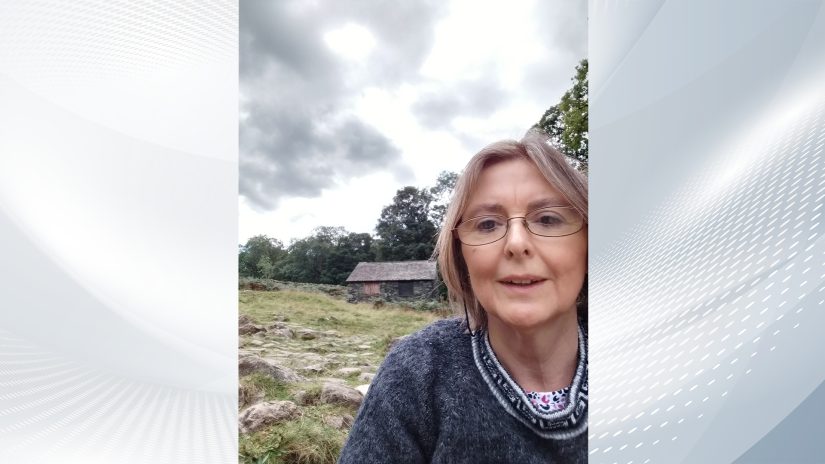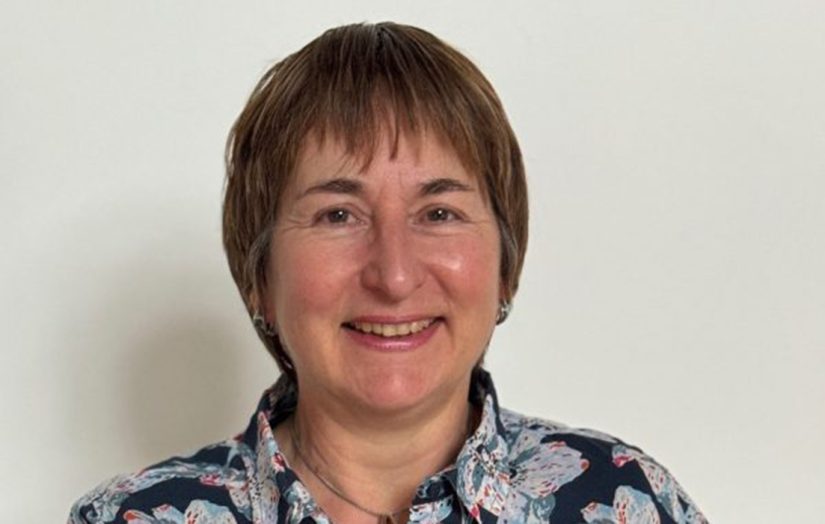Writer Of The Week: Penny Alexander

Hello and welcome, Penny! Your new serial, “Return To Rosecot”, has just begun in the “Friend”.
I was first published in “The People’s Friend” just over twenty years ago, and I had a dozen short stories accepted before my editor suggested a serial.
I confess I felt daunted, as I’d never written anything longer than 5000 words before!
Which serials have you previously had published?
“The Turn of the Tide” – this was a present-day tale set in Cornwall, appearing in ten episodes in 2007.
“Flower of Hope” – this story was set in the nineteenth century, mainly in Florence, and was published in six episodes in 2016.
“The Dove Tree” – this serial followed the two main characters from “Flower of Hope’ on their continued plant-hunting in nineteenth century China.
It appeared in 2018 in seven episodes.
How long does planning a serial take?
The process usually takes from 18 months to 2 years.
And, yes, I have A Box in which I keep far too many notes (and maps and diagrams and pictures and drawings…).
What comes first – characters, or storyline?
I like named characters to come first.
If ever I find I can’t find a name to fit, I know I’m in trouble!
Working out the storyline comes next, usually in the form of sprawling spidergrams.
It’s easier to see different connections that way.
Rosecot is set in six parts. Is this your favourite serial length?
I find between six to eight episodes best. Any longer, and I think it becomes harder to ‘tie up the threads’ satisfactorily in a final episode.
It doesn’t have to be a ‘happily ever after’ ending, but I like to leave my readers feeling hopeful.
Have you ever begun a serial, only to think – this may not work?
Yes – often, with both serials and short stories, but I’ve learned not to throw anything away.
Instead, I save them in a folder labelled ‘Back Burner’, and sometimes the ideas become useful at a later date.
What makes historical serials appealing?
My first serial, “The Turn of the Tide”, had a modern seaside setting, and I loved writing it.
“The Flower of Hope” and its sequel, “The Quest for the Dove Tree” took place in a nineteenth century setting, and I loved them too!
So I would probably say I like whatever time-setting I’m currently writing in. But I always enjoy discovering more about the past, and I really hope my readers will too.
Have you any advice for authors thinking about trying a “Friend” serial?
Every writer has their own way of working, so my advice may or may not be helpful. But I would say: never be afraid to try.
I usually start by collecting pictures, maps, scribbled notes, small objects or drawings. This is a happily chaotic stage when I avoid writing anything in complete sentences. I also like to use a lovely 2B pencil. That way, mistakes can be made to vanish!
Next, I read – articles, bits of books (children’s books can be very useful, as they’re short and to the point!)
Timelines are essential for planning historical stories. Finally, I write The Plan. For this, I type in complete sentences.
I’ve been advised to ‘write what you know,’ and I think that’s true. But I would also say ‘write what you want to know,’ because you never know where that might lead.
I should add that Return to Rosecot was not written in the same way as my other serials! The story was adapted from a much longer piece typed at speed during National Novel Writing Month (NaNoWriMo), so I needed to pick out the ‘building blocks’, as it were, before fitting them together again. Perhaps I wouldn’t choose to work this way again! But I learned a lot.
Which “Friend” serials have you enjoyed recently?
I enjoy reading serials in the magazine, there’s always such a variety of characters and settings.
If I had to single any out, it would be Pamela Kavanagh’s ‘The Tanner’s Daughter’ and ‘The Tanner’s Son’, set in Elizabethan times.
Also Anne Stenhouse’s “A Class of Their Own” about early Edinburgh women doctors. I just love those historical stories!










